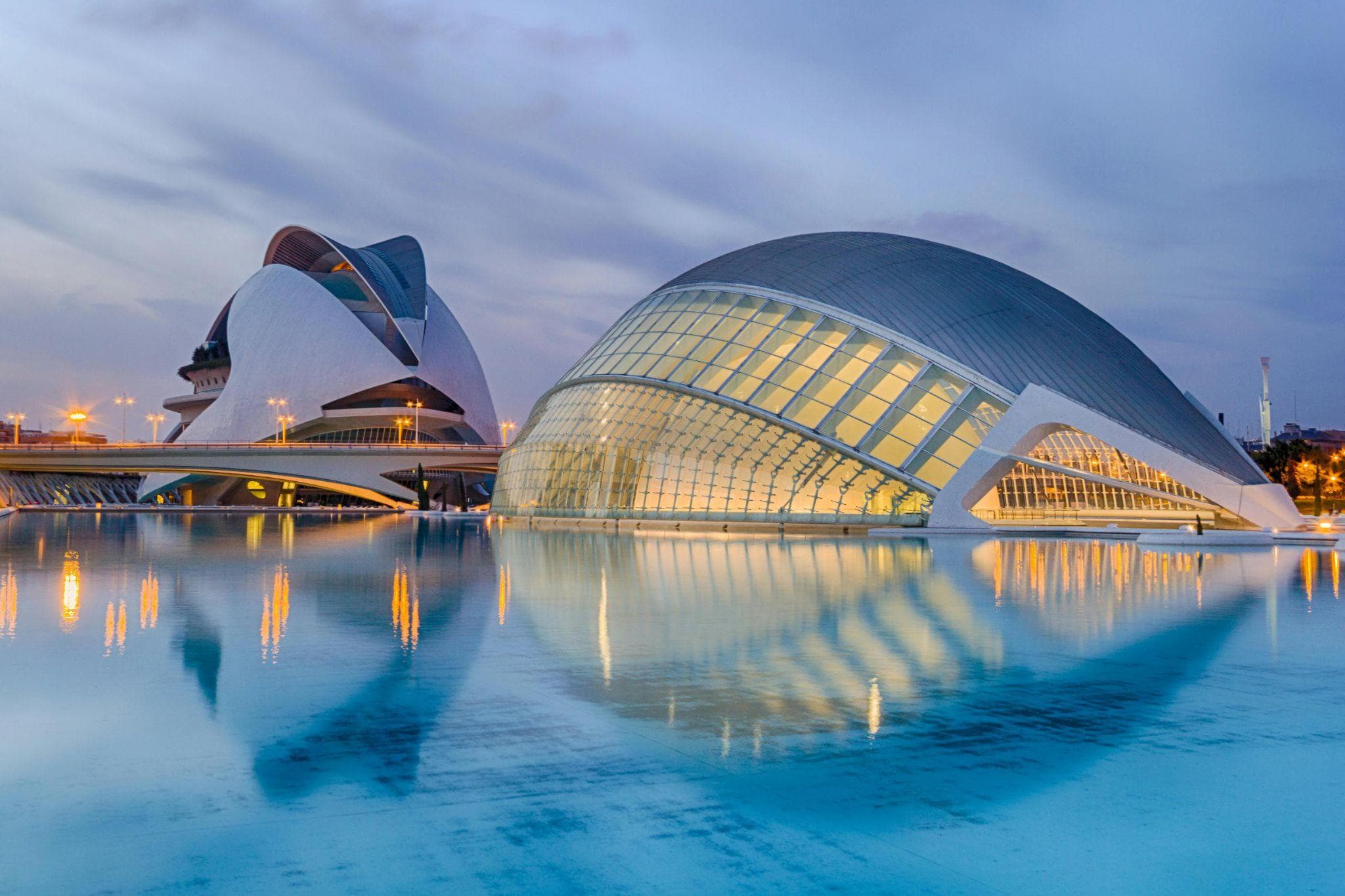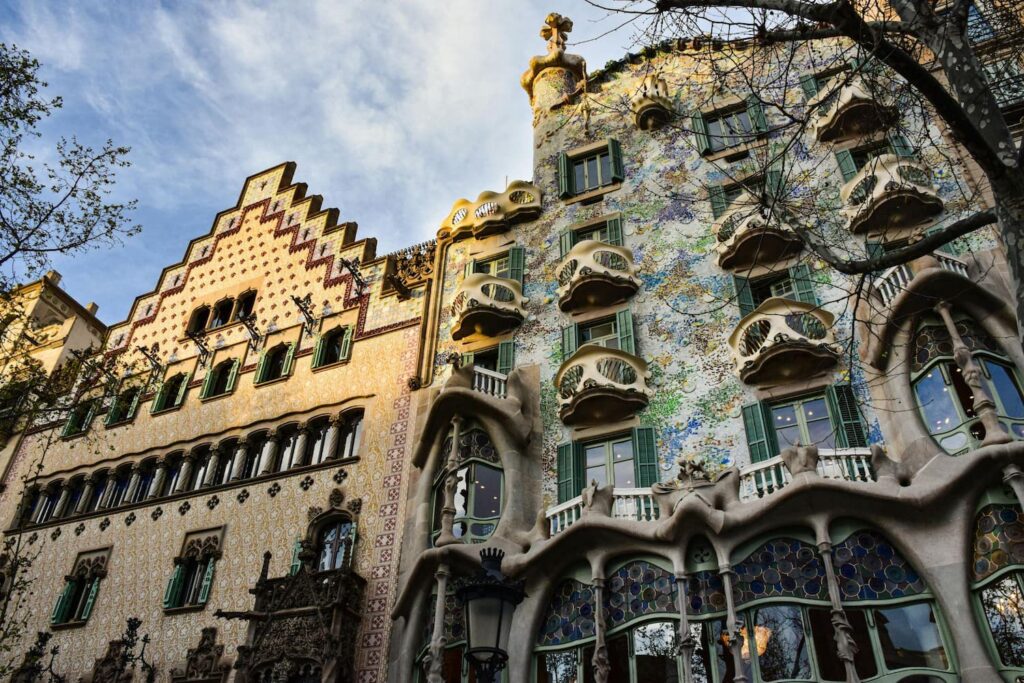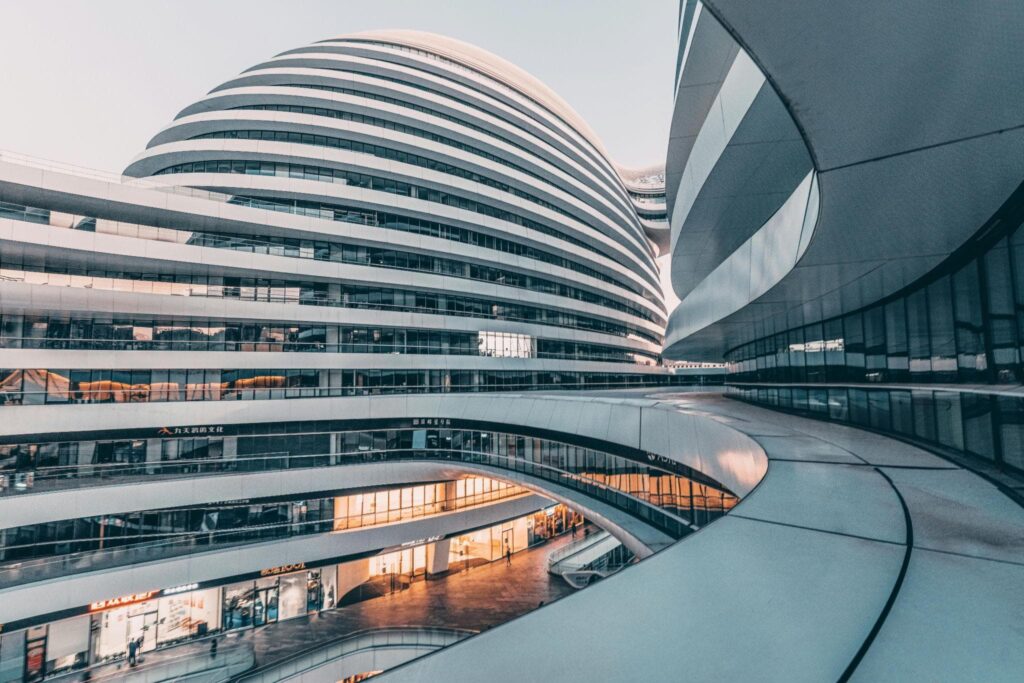
Have you ever looked at a building and felt… a connection? Not just admiration for its height or sleek lines, but a deeper resonance, as if it’s breathing with the landscape around it? That’s the magic of living structures, a captivating movement in modern architecture. We’re talking about design that doesn’t just sit on the Earth but grows from it, exploring organic forms and taking cues directly from nature itself. This isn’t just about throwing some plants on a roof; it’s about a profound shift towards biomimicry, where we learn from nature’s millions of years of research and development. It’s a fascinating convergence where art, thoughtful architecture, and the environment intertwine, blurring the lines between the built world and the wild, vibrant ecosystems that inspire us.
The Philosophy of Biomimicry in Design
At its heart, biomimicry in design is an exquisite concept: why reinvent the wheel when nature has already perfected it over eons? It’s about much more than just using wood or stone. This philosophy teaches us to emulate nature’s ingenious designs and intricate processes to solve complex human problems. Think about it: a bird’s bone structure is incredibly lightweight yet immensely strong, designed for flight. A leaf maximizes solar absorption with astonishing efficiency. This isn’t just about making things look natural; it’s a fundamental shift from simply incorporating natural materials to a deep understanding of natural systems themselves. It’s how we find sustainable, incredibly innovative architectural solutions that are inherently resilient and elegant, built not just for beauty, but for longevity and harmony with our planet.
Nature as Mentor and Model
Nature truly is the ultimate mentor, the most brilliant model we could ever hope for. This sub-section dives into how specific natural phenomena, individual organisms, or entire ecosystems serve as direct, awe-inspiring inspirations for architects. Consider the incredible strength of bone structures, designed for maximum load-bearing with minimal material. Or the mesmerizing efficiency of plant growth patterns, always finding the most optimal way to reach sunlight. Even the intricate logic of cellular structures can offer incredible blueprints for structural efficiency, material optimization, and adaptability. These biological marvels offer not just aesthetic inspiration but practical, time-tested wisdom for architectural efficiency, remarkable resilience, and an undeniable beauty that resonates deeply within us. It’s about learning from the best engineer there is.
Key Characteristics of Organic Architecture
So, what does an organically designed building look like? It’s rarely a sharp-edged box. Instead, organic architecture embraces a set of defining features and principles that radically diverge from rigid geometries. These structures are fluid, adaptable, and deeply integrated with their surroundings, almost as if they sprouted from the ground. They prioritize the human experience, recognizing that we are part of nature, not separate from it. This approach transcends traditional constraints, enabling buildings to breathe, flex, and connect with the world around them in a truly remarkable way.

Fluidity and Curvilinear Forms
The most immediately striking characteristic of organic architecture is its emphatic rejection of straight lines and sharp angles. Instead, it champions flowing, curved, and undulating shapes. Why? Because nature itself rarely creates perfect squares or harsh corners. Think of a river bending, a mountain slope, or the soft curve of a seashell. These forms simply evoke natural landscapes, making the building feel less like an imposition and more like an extension of the environment. They create unique, dynamic spatial experiences that enhance human comfort – there’s something instinctively soothing about soft curves – and provide undeniable visual appeal, drawing the eye along graceful, continuous lines. It’s an architecture that flows, rather than chops.
Integration with the Environment
Authentic organic architecture doesn’t just sit on a site; it strives to seamlessly blend with its natural surroundings, as if it were always meant to be there, rather than crudely imposing itself. This goes far beyond mere landscaping. It involves deep consideration of the site context, ensuring the building responds to the land’s contours, prevailing winds, and views. Maximizing natural light and optimizing ventilation are crucial, often through ingenious passive design strategies. The thoughtful use of indigenous materials minimizes environmental impact, rooting the structure firmly in its local ecosystem and maximizing harmony between the built and natural worlds. It’s about creating an intimate dialogue with the place.
Adaptive and Responsive Systems
Here’s where it gets exciting: some living structures incorporate advanced biomimetic principles to create buildings that can genuinely adapt to changing conditions, much like biological organisms. This is architecture that breathes and responds. We’re talking about concepts like dynamic facades that open and close like petals to manage sunlight, self-healing materials that repair minor damage on their own, or even intelligent climate control systems directly inspired by how ants regulate their mounds or how a cactus conserves water. These are buildings that not only exist but also evolve, becoming active participants in their environment, showcasing nature’s incredible efficiency in real-time.

Notable Examples and Practitioners
This architectural philosophy isn’t just theory; it’s a vibrant, living practice. Across the globe, visionary architects have translated these natural inspirations into breathtaking realities. Their projects stand as powerful testaments to how design can be both innovative and deeply connected to the natural world.
Iconic Organic Buildings Worldwide
We see organic forms popping up everywhere, from the undulating roof of the Sydney Opera House, reminiscent of sails or shells, to the flowing, almost liquid lines of Zaha Hadid’s buildings, which seem to defy gravity and grow from the ground. Consider the Casa Batlló in Barcelona, where Antoni Gaudí’s genius transformed a rigid apartment building into a fantastical, almost living organism with bone-like columns and scales. Or the Fallingwater by Frank Lloyd Wright, nestled directly over a waterfall, truly blurring the lines between structure and landscape. These iconic organic buildings showcase unique design features, often with explicit natural inspirations, and their impact extends far beyond aesthetics, profoundly influencing architectural discourse and raising our environmental consciousness.
Visionary Architects and Their Contributions
Many brilliant minds have championed this organic approach. Frank Lloyd Wright, perhaps the most famous, believed buildings should be “of the hill, not on the hill.” Antoni Gaudí famously drew inspiration from trees and bones for his architectural designs. In more modern times, Santiago Calatrava creates structures that resemble giant birds or skeletal forms, while Zaha Hadid pioneered fluid, computational designs that mirrored natural flows and geological formations. These visionary architects all shared a philosophy that architecture should embody nature’s inherent logic and beauty. They frequently employ key design principles such as:
- Utilizing fractal geometry and branching patterns to create complex yet stable forms.
The Environmental and Social Impact
Beyond the aesthetic appeal, embracing organic forms and biomimicry in architecture has profound implications for our planet and our collective well-being. It’s not just a design trend; it’s a pathway to a more sustainable and harmonious future.
Sustainability Through Nature’s Efficiency
One of the most compelling arguments for biomimetic design is its inherent capacity to foster highly sustainable buildings. Nature, after all, operates on principles of extreme efficiency and zero waste. By mimicking these processes, architects can achieve remarkable energy efficiency, designing structures that naturally regulate temperature and light. They inspire radical waste reduction by optimizing material use and promoting circularity. Intelligent material selection draws from nature’s palette of renewable and self-assembling components. These ecosystem services, inspired by natural processes, contribute directly to a more circular economy in construction, moving us away from linear, wasteful practices towards a regenerative model.
Enhancing Human Connection to Nature
There’s a deep, innate human need to connect with nature, a concept known as biophilia. Organic architecture taps directly into this, creating environments that aren’t just energy-efficient but also profoundly beneficial for human occupants. By integrating natural forms and elements into built environments, these structures can demonstrably improve occupant health, enhance comfort, and boost productivity. Imagine working in a space filled with natural light, flowing lines, and soothing natural materials. This fosters a deeper, more intuitive connection with the natural world, leading to calmer minds and more creative spirits. It’s about designing spaces that nurture us, just as nature does.

Challenges and Future Directions
While the promise of organic architecture is immense, it’s not without its hurdles. Building complex, non-linear forms comes with its own set of challenges, from design to execution. However, the future looks incredibly promising as technology continues to evolve.
Overcoming Design and Construction Complexities
Building structures that curve, undulate, and adapt is inherently more complex than constructing traditional boxes. This leads to both technical and financial challenges. Think about the precision required for non-linear forms and adaptive structures that move or change. However, we’re living in an exciting era of technological advancement. Tools like parametric design allow architects to create incredibly intricate forms with computational precision. 3D printing is revolutionizing construction, enabling the fabrication of complex, organic components that were previously deemed impossible or prohibitively expensive. These innovations are rapidly making such ambitious designs more feasible and mainstream. The future of construction is looking increasingly fluid.
CONCLUSION
Ultimately, the transformative potential of living structures and organic forms in modern architecture is truly profound. These designs represent a powerful return to nature’s timeless wisdom, a recognition that the most effective and beautiful solutions often lie in emulating the planet itself. By embracing biomimicry, we’re not just building aesthetically richer spaces; we’re forging a pathway to fundamentally more sustainable, resilient, and deeply human-centric built environments. It’s a vision that looks towards a future where our buildings don’t just stand on the Earth, but are as intrinsically integrated, as elegantly efficient, and as remarkably resilient as the very ecosystems that continue to inspire them. The conversation between humanity and nature is evolving, and architecture is leading the dialogue.




